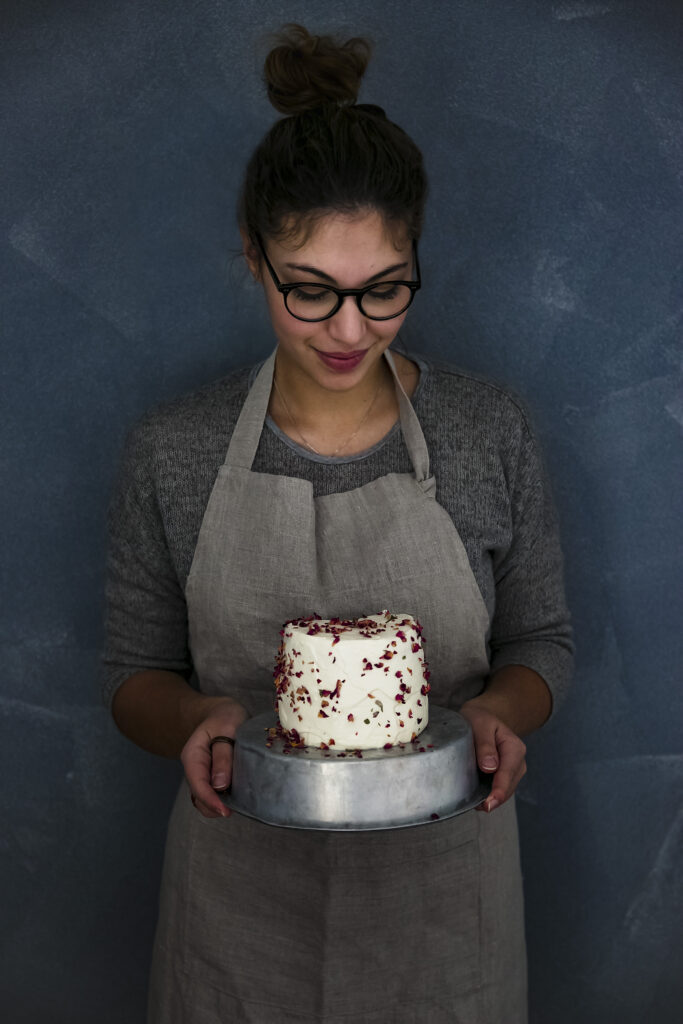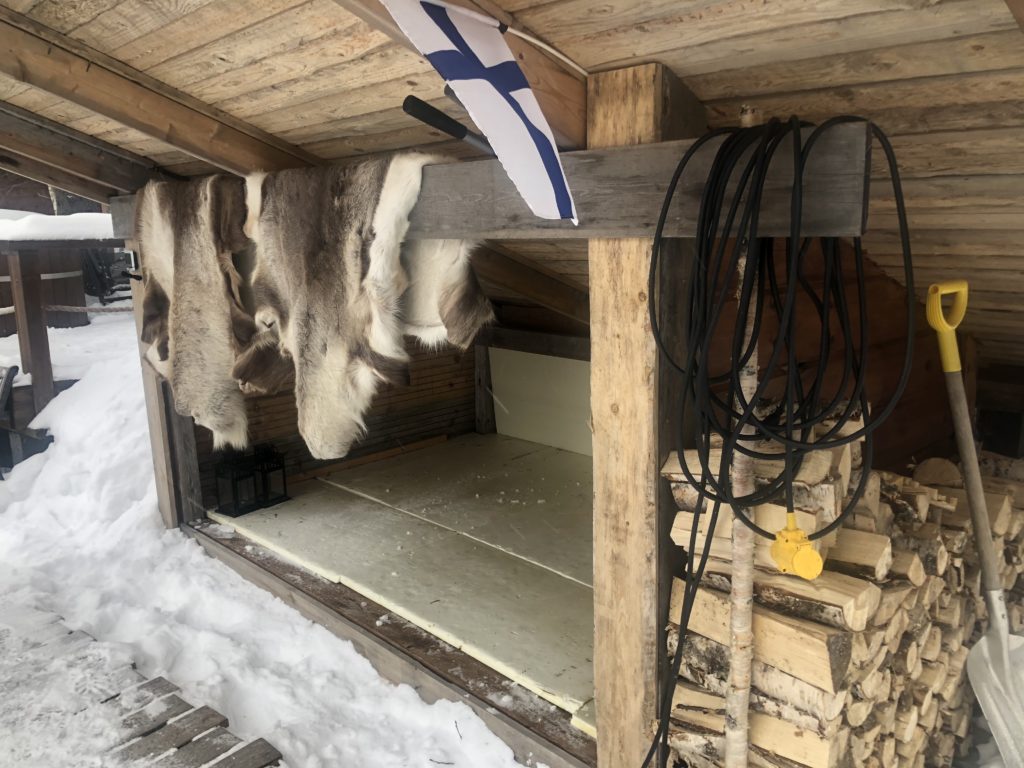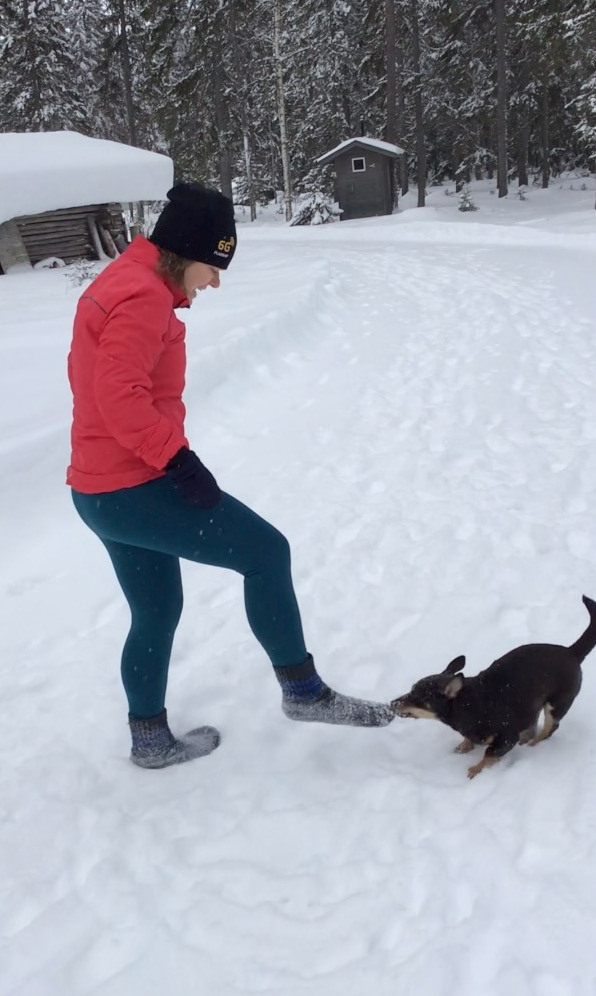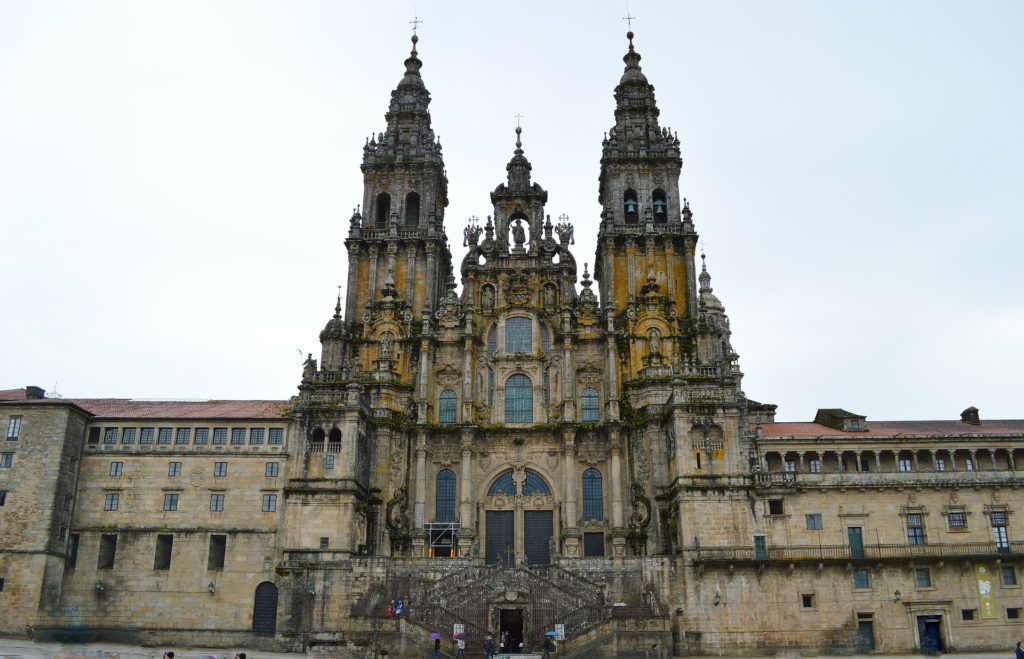Along the way


Oulu2026 – The Cultural Capital of 33 Municipalities

A small world

A tour through Europe: Plovdiv 2019

A tour through Europe: Matera 2019

A tour through Europe: Leeuwarden 2018

A tour through Europe: Avignon 2000

A tour through Europe: Brussels 2000

Winter in Oulu

A tour through Europe: Santiago de Compostela 2000

A tour through Europe: Helsinki 2000
